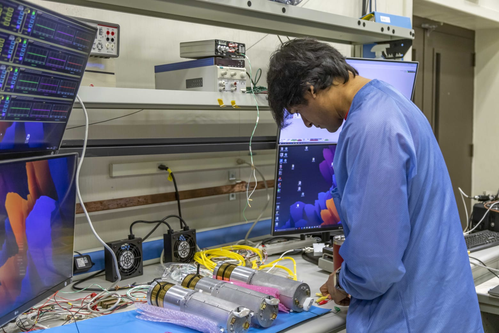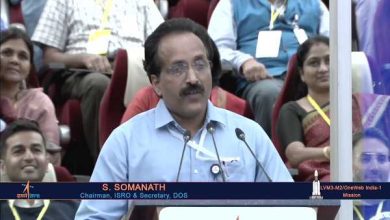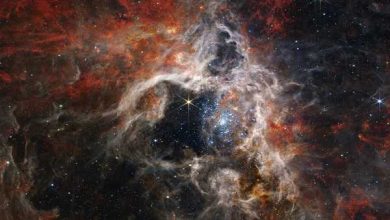Indian-origin NASA scientist to lead rocket mission into 2023 solar eclipse

Washington, Oct 5: An Indian-origin scientist at NASA is helming a mission that aims to launch three rockets during the 2023 annular eclipse on October 14.
The mission, known as Atmospheric Perturbations around the Eclipse Path or APEP, is led by Aroh Barjatya, will study how the sudden drop in sunlight affects our upper atmosphere, the space agency has said.
On October 14, people viewing the annular solar eclipse will experience the sun dimming to 10 per cent its normal brightness, leaving only a bright “ring of fire” of sunlight as the moon eclipses the sun.
Some 50 miles up and beyond, the air itself becomes electric. Scientists call this atmospheric layer the ionosphere because it is where the UV component of sunlight can pry electrons away from atoms to form a sea of high-flying ions and electrons.
The sun’s constant energy keeps these mutually attracted particles separated throughout the day. But as the sun dips below the horizon, many recombine into neutral atoms for the night, only to part ways again at sunrise.
During a solar eclipse, the sunlight vanishes and reappears over a small part of the landscape almost at once. In a flash, ionospheric temperature and density drop, then rise again, sending waves rippling through the ionosphere.
“If you think of the ionosphere as a pond with some gentle ripples on it, the eclipse is like a motorboat that suddenly rips through the water,” said Barjatya, a professor of engineering physics at Embry-Riddle Aeronautical University in Florida.
“It creates a wake immediately underneath and behind it, and then the water level momentarily goes up as it rushes back in.”
The APEP team plans to launch three rockets in succession — one about 35 minutes before local peak eclipse, one during peak eclipse, and one 35 minutes after. They will fly just outside the path of annularity, where the moon passes directly in front of the sun.
Each rocket will deploy four small scientific instruments that will measure changes in electric and magnetic fields, density, and temperature. If they are successful, these will be the first simultaneous measurements taken from multiple locations in the ionosphere during a solar eclipse.
Barjatya chose sounding rockets to answer the team’s science questions because they can pinpoint and measure specific regions of space with high fidelity. They can also measure changes that happen at different altitudes as the suborbital rocket ascends and falls back to Earth.
The APEP rockets will take measurements between 70 to 325 kilometres) above the ground along their trajectory.
In addition, a ground-based observation will collect ionospheric density and neutral wind measurements. A team from the Massachusetts Institute of Technology’s Haystack Observatory in Westford, will run their radar to measure ionospheric perturbations farther away from the eclipse path.
Finally, a team of students from Embry-Riddle will deploy high-altitude balloons (reaching 100,000 feet) every 20 minutes to measure weather changes as the eclipse passes by.
The APEP rockets launched in New Mexico will be recovered and then relaunched from NASA’s Wallops Flight Facility in Virginia, on April 8, 2024, when a total solar eclipse will cross the US from Texas to Maine.






